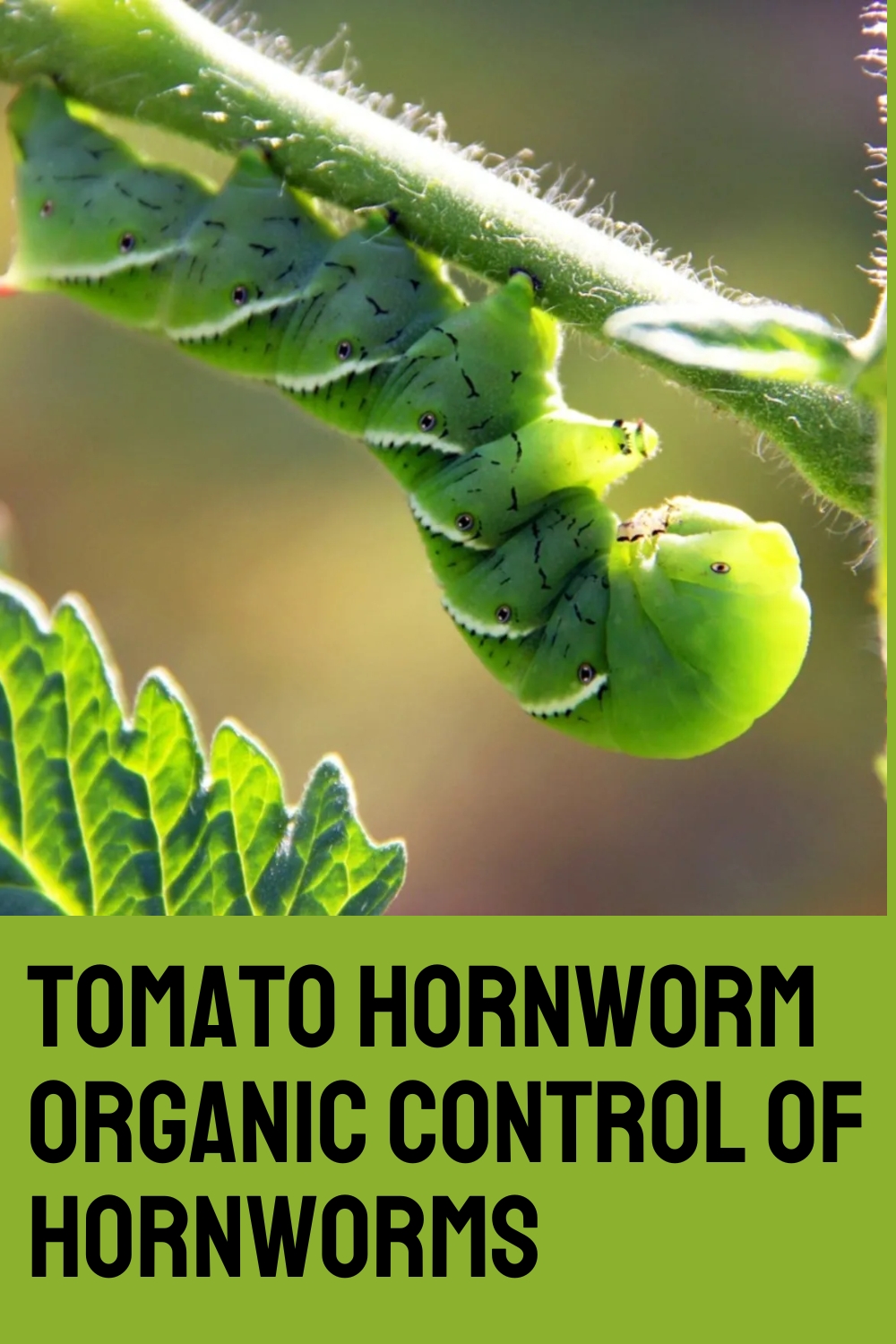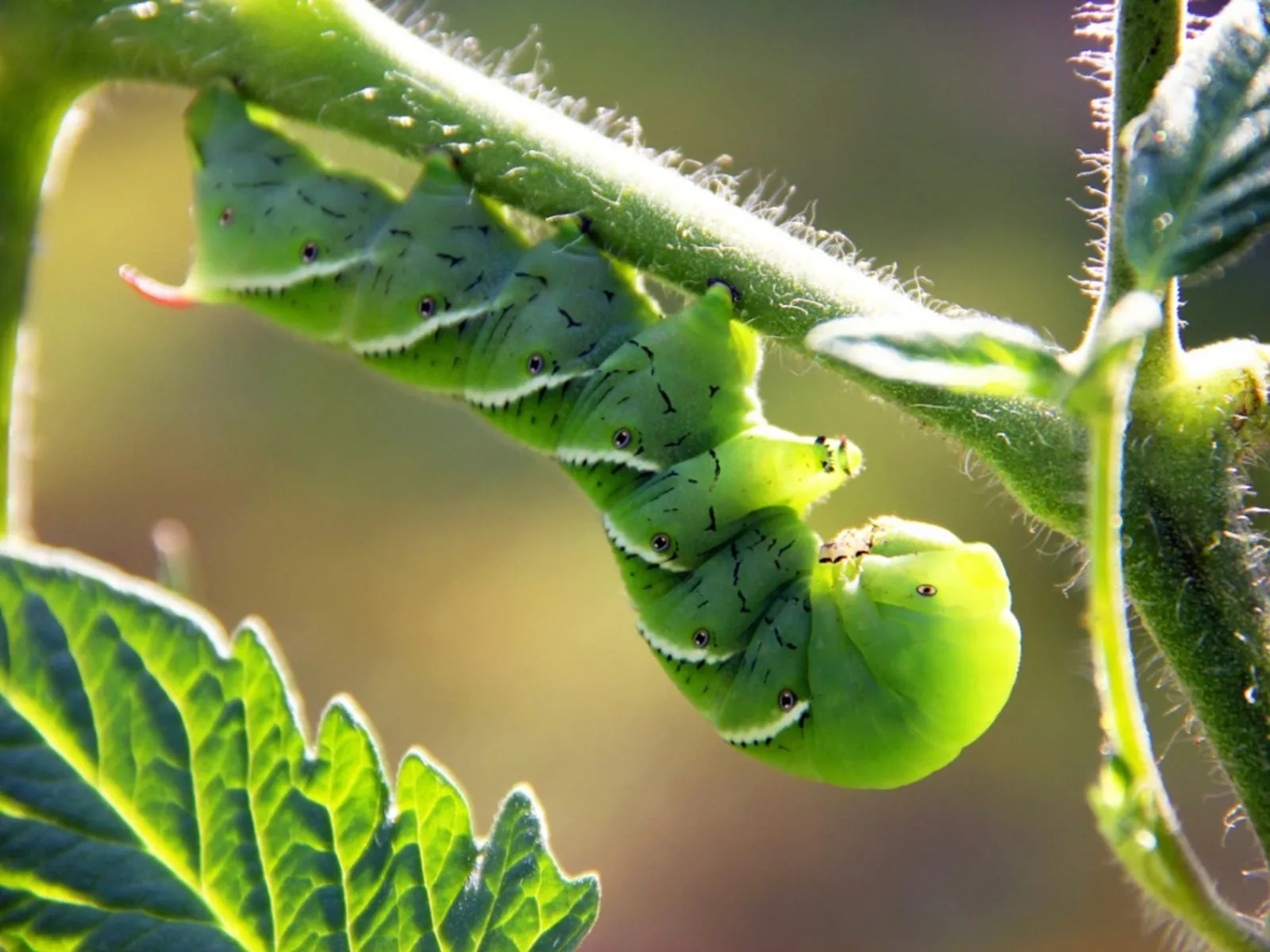If you’ve ever walked out to your garden and wondered, “What are those big green caterpillars eating my tomato plants?!” you’ve likely encountered tomato hornworms, also known as tobacco hornworms. These voracious caterpillars can cause significant damage to your tomato plants and fruits if not dealt with promptly. Here’s how you can effectively manage tomato hornworms.
Identifying Tomato Hornworms
Tomato hornworms are easily recognizable. They are bright green caterpillars with white stripes along their sides and a distinctive black horn protruding from their rear end. Occasionally, they may appear black instead of green. These caterpillars are the larval stage of the hummingbird moth.
When you spot one tomato hornworm caterpillar, there are likely others nearby. It’s essential to carefully inspect your tomato plants once you identify one.
Controlling Tomato Hornworms Organically
The most effective organic control method for tomato hornworms is hand-picking. These caterpillars are large and easy to spot on tomato vines. Simply pick them off by hand and drop them into a bucket of soapy water to kill them.
You can also rely on natural predators to manage tomato hornworm populations. Ladybugs and green lacewings are common predators that can be introduced into your garden. Certain parasitic wasps, such as braconid wasps, lay eggs on tomato hornworms. The wasp larvae then consume the caterpillar from the inside, eventually forming white sacks on its body. If you find a tomato hornworm with these white sacks, leave it in your garden. The wasps will emerge, continue their life cycle, and help control future hornworm populations.
By employing these methods, you can effectively manage and reduce tomato hornworm infestations in your garden, ensuring healthier tomato plants and better yields.

